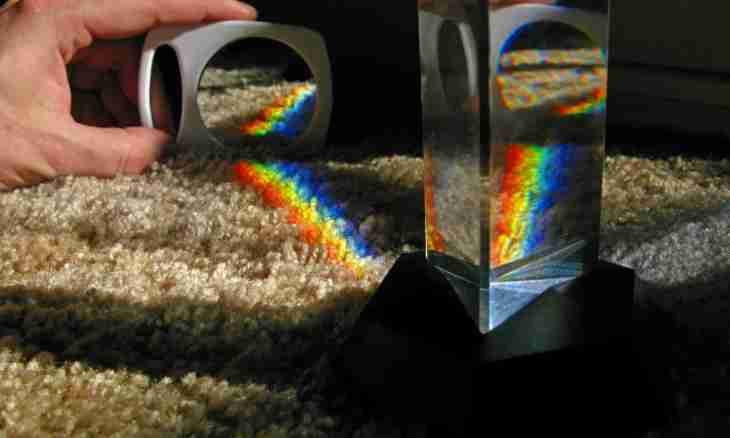The prism is a polyhedron which bases are two equal polygons, and side sides - parallelograms. That is to find the area of the basis of a prism - means to find the area of a polygon.
It is required to you
- Paper, handle, calculator
Instruction
1. The polygon lying in the prism basis can be regular, that is it which all parties are equal, and wrong. If in the basis of a prism the regular polygon lies, then it is possible to calculate its area on a formula S=1/2P*r where S is the area of a polygon, P is a perimeter of a polygon (sum of lengths of all its parties), and r - the radius of the circle entered in a polygon.
2. Visually it is possible to imagine the radius of the circle entered in a regular polygon, having divided a polygon into equal triangles. Height which is carried out from top of each triangle to the party of a polygon which is the triangle basis will also be the radius of an inscribed circle.
3. If a polygon wrong, then for calculation of the area of a prism it is necessary to break it into triangles and to separately find the area of each triangle. We find the areas of triangles on a formula S=1/2bh where S is the area of a triangle, b - its party, and h - height which is carried out to the party of b. After you calculated the areas of all triangles making a polygon just summarize these areas to receive the total area of the basis of a prism.

